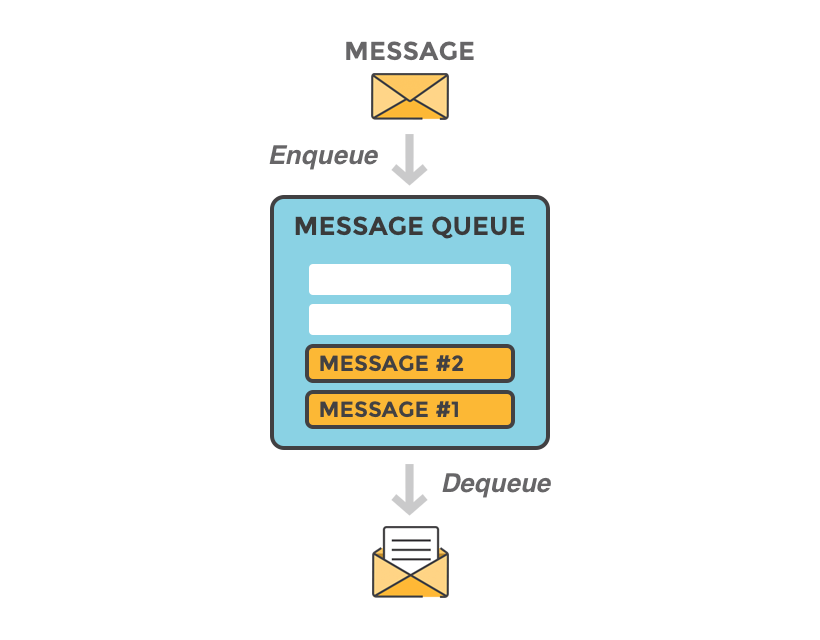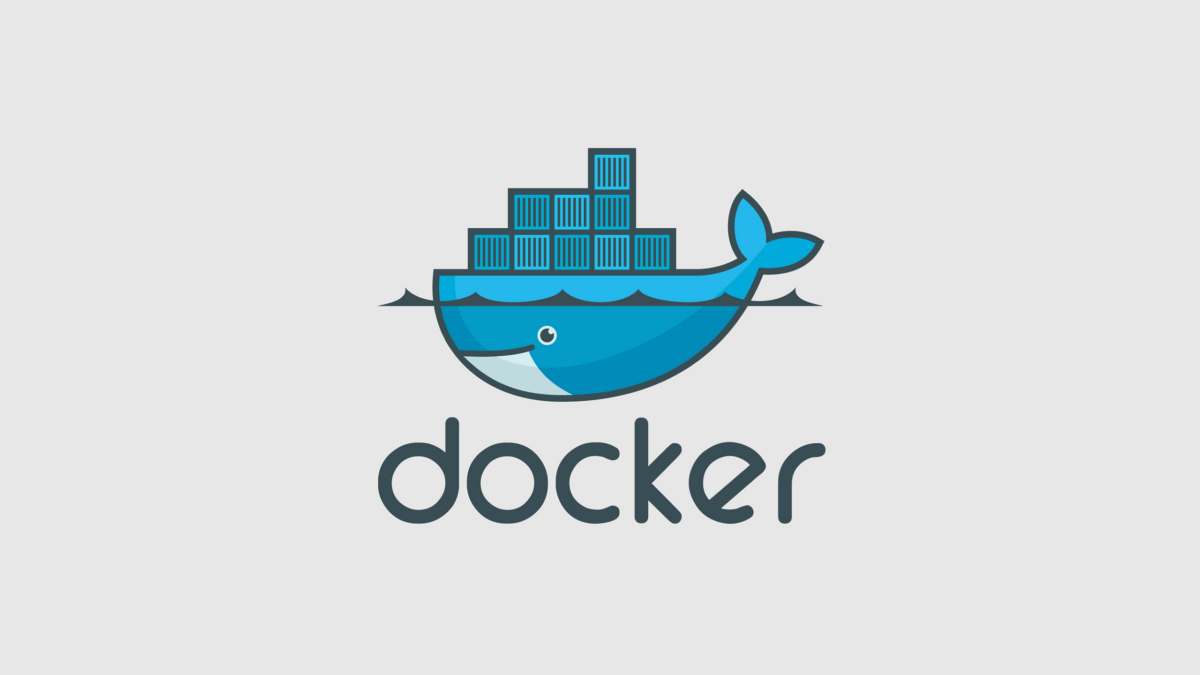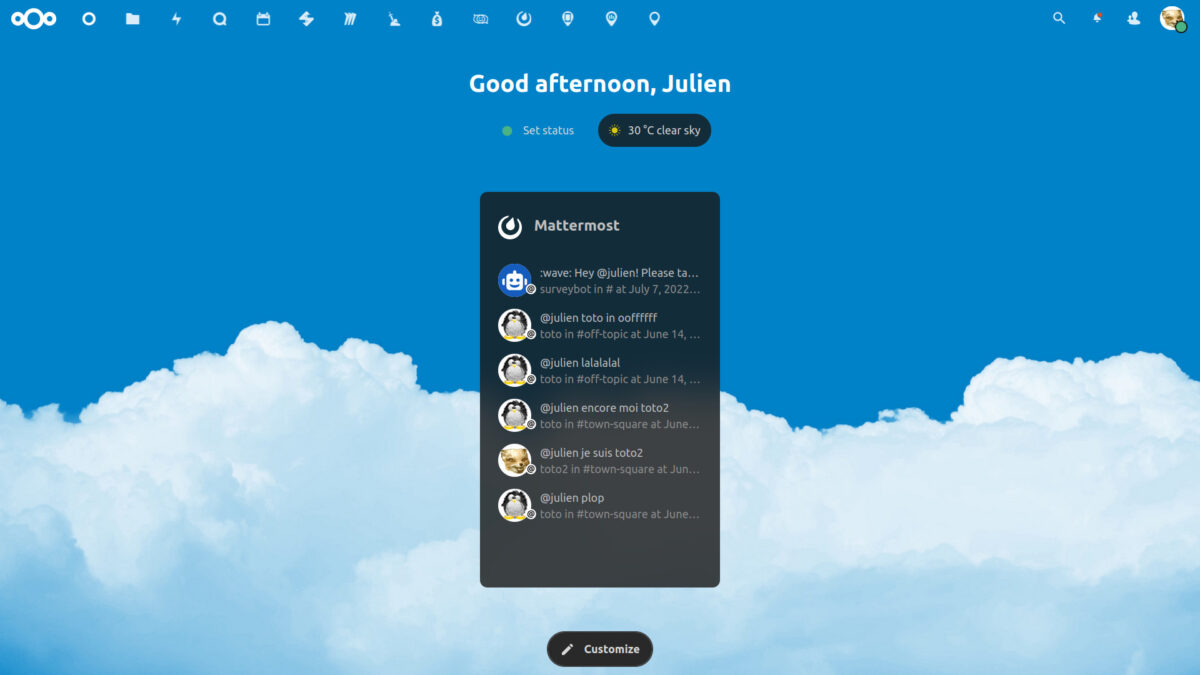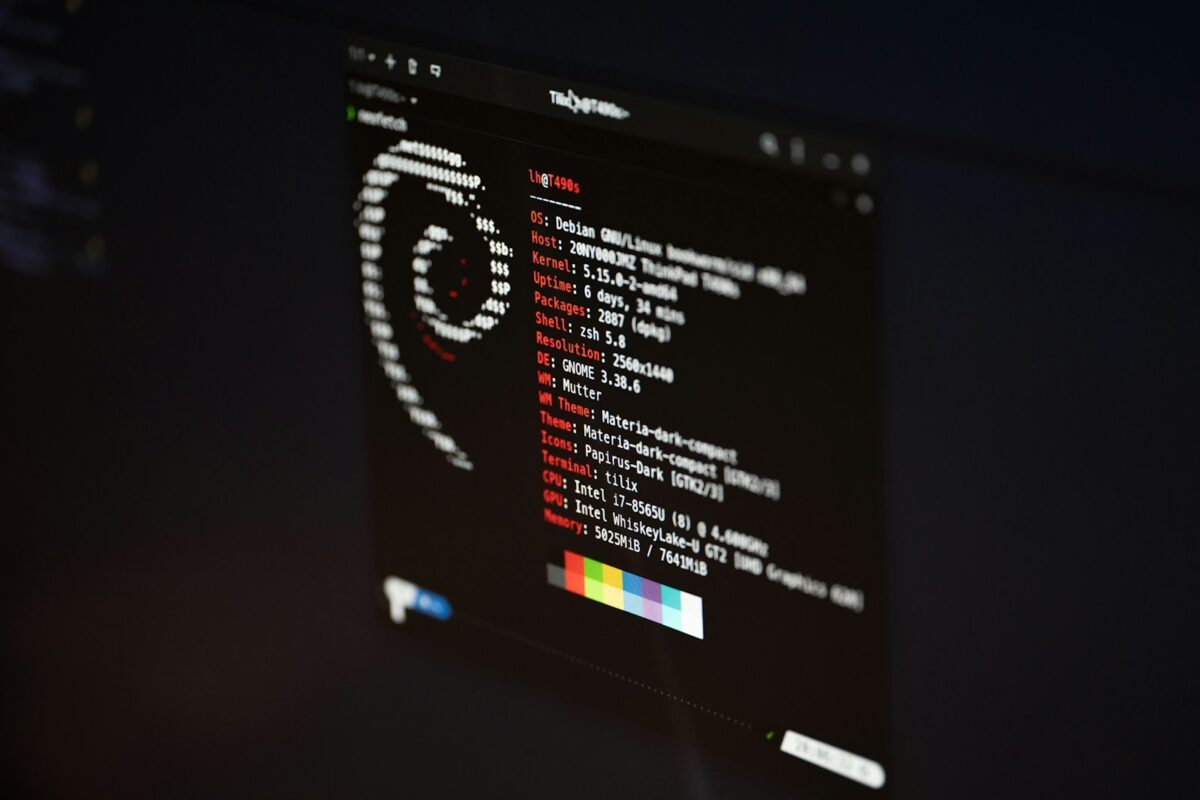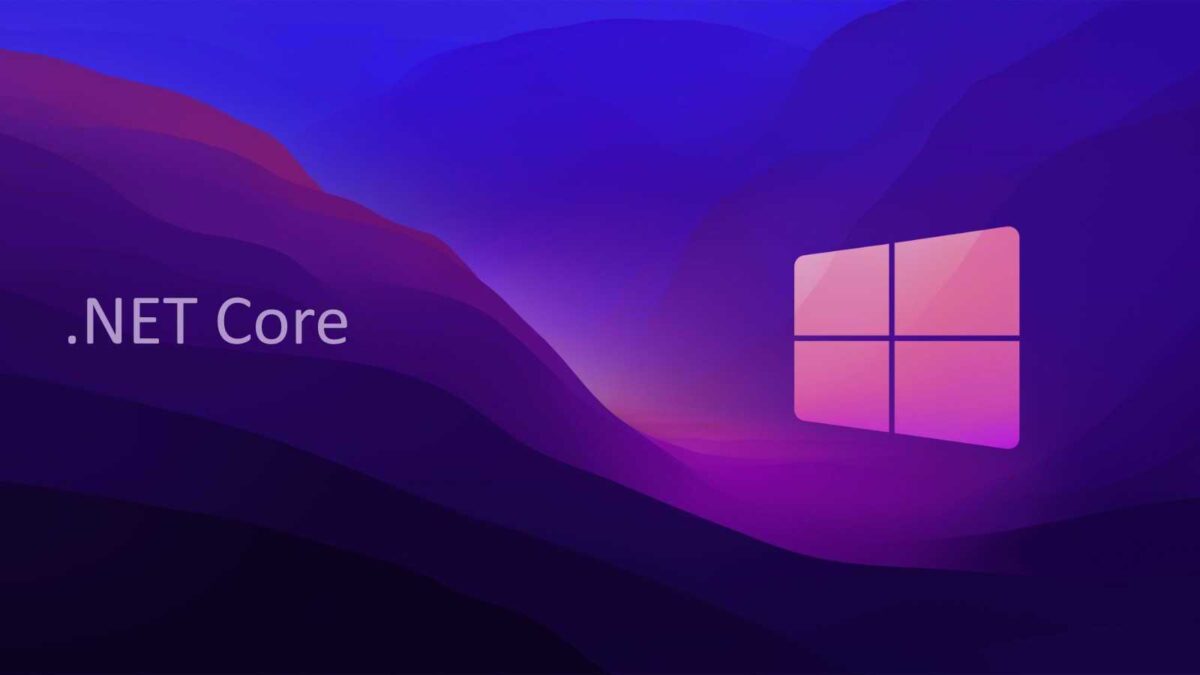RabbitMQ is a robust message broker widely used in distributed systems. This guide provides a detailed, step-by-step tutorial on installing RabbitMQ 3.10.8 with Erlang 25.2.3 on Debian 12 and configuring a Master-Slave cluster. The setup will involve two servers: a Master at 10.11.33.83 and a Slave at 10.11.33.93. 1. Configure Hostname Resolution Ensure both servers… Continue reading
Installing and Setting Up RabbitMQ Master-Slave Cluster on Debian 12
